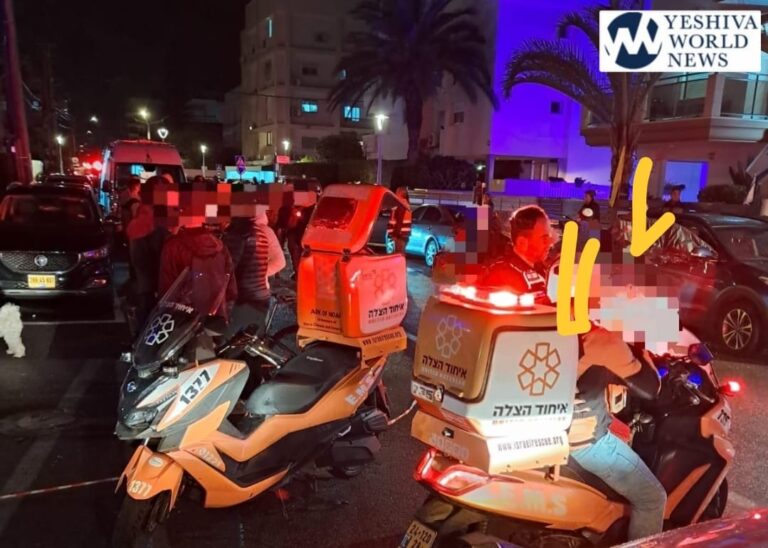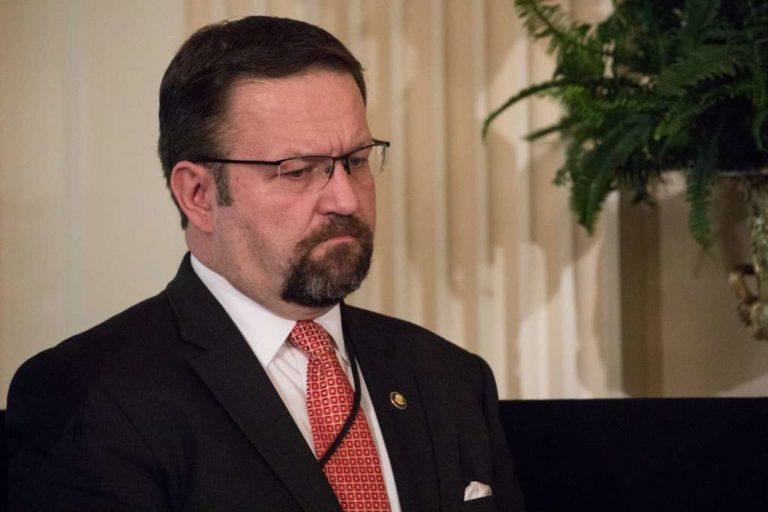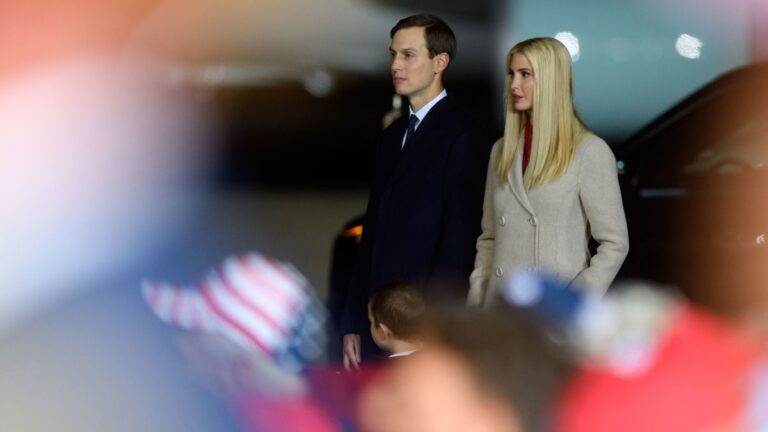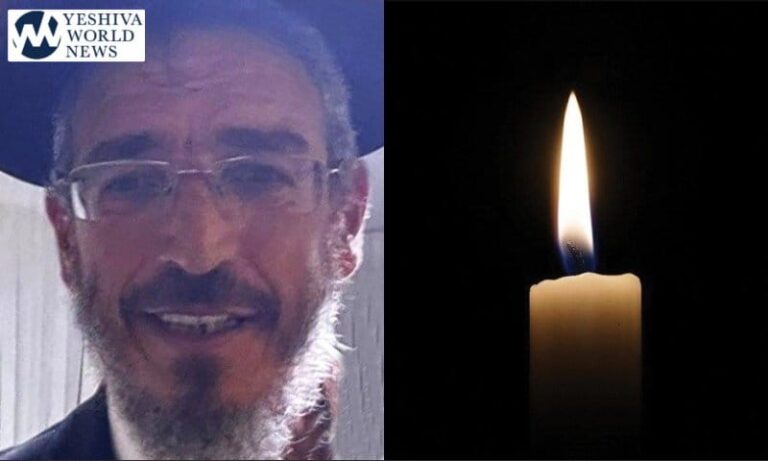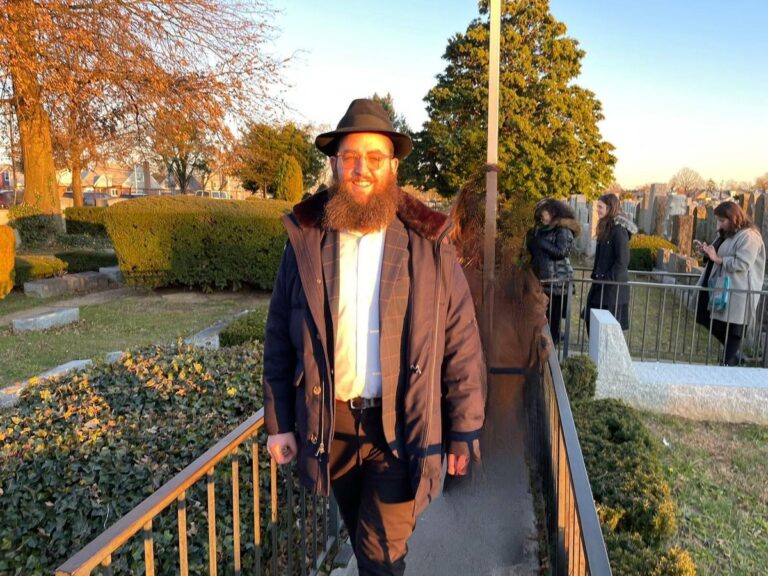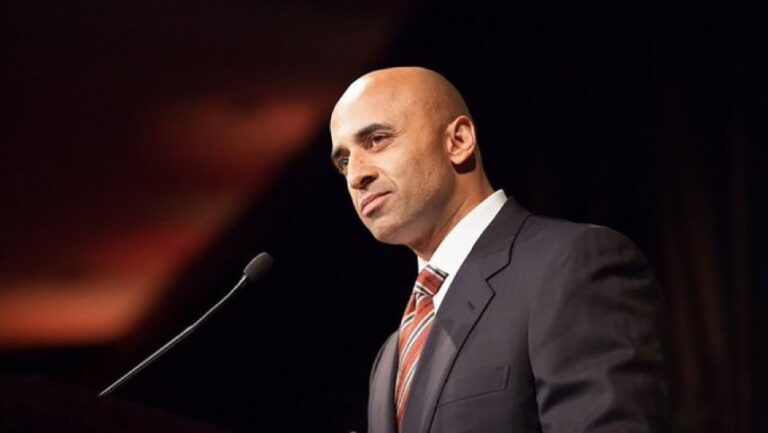 The final weeks in the battle for control of the Senate are shaping up as a sharp strategical contrast in which one group of party operatives could look like geniuses — or fools.
The final weeks in the battle for control of the Senate are shaping up as a sharp strategical contrast in which one group of party operatives could look like geniuses — or fools.
Democrats made an early decision to hold onto their most precious campaign cash for the final weeks, hoping their liberal super PAC allies would help out wherever and whenever they could. Republicans calculated that, given the headwinds their incumbents faced with Donald Trump’s emergence as their presidential nominee, they needed to drain their party treasury earlier than usual.
That crucial decision leaves Senate GOP campaigns remarkably reliant on late cash from Republican-leaning super PACs that by law cannot coordinate with GOP candidates and party leaders.
By Sept. 30, according to new filings with the Federal Election Commission, the National Republican Senatorial Committee had spent $28.3 million from its independent advertising unit. Its counterpart, inside the Democratic Senatorial Campaign Committee, had spent just $14.4 million at that point. The Democratic outfit entered the last five weeks of the campaign with twice as much in its war chest as its GOP counterpart.
The two parties’ contrasting strategies are playing out in several media markets critical to determining control of the Senate in 2017. The Las Vegas market, home to almost 70 percent of Nevada’s voters, is right now awash in all manner of political ads.
In the Senate race, however, Democrats have the edge in terms of ad spending by their nominee, Catherine Cortez Masto — as well as in DSCC advertising. Combined, the candidate and the DSCC are spending about $5 million in the final four weeks on the Las Vegas airwaves, according to an ad overview provided to The Washington Post by a Republican not directly connected to any Senate campaign. The data was confirmed by strategists in both parties and in some instances updated to reflect new reservations.
On the Republican side, Senate candidate Joe Heck is spending about $1 million over the last four weeks in Las Vegas, backed up by about $1 million from the National Republican Senatorial Committee. That’s a disparity of $3 million in the most critical media market in the state for a race that has remained neck-and-neck all year in the fight to succeed retiring Senate Minority Leader Harry M. Reid, D.
The same thing is happening in Philadelphia, where the City of Brotherly Love’s airwaves reach more than 40 percent of Pennsylvania’s voters. There, the Democratic nominee for the Senate, Katie McGinty, is spending about $1.5 million in the final four weeks on ads in her hometown. The DSCC has somewhere near $3 million in ads reserved over that span, according to a GOP source monitoring the race.
Sen. Pat Toomey, R-Pa., is spending a bit more than $1.5 million in that media market, slightly more than McGinty. But the NRSC is essentially dark the final three weeks in Philadelphia. That gives the McGinty-DSCC combo an edge of well in excess of $2 million in this crucial market for the homestretch of the campaign.
This Democratic edge in key states is evident in almost every other big market for Senate races. That’s why the Republican herd of super PAC cash is coming to the rescue, injecting record levels of cash into key states.
The Senate Leadership Fund, the super PAC designed to support Majority Leader Mitch McConnell’s, R-Ky., candidates, unveiled a $25 million ad purchase this week in six Senate races certain to decide whether Republicans hold the majority: Nevada, Pennsylvania, New Hampshire, Missouri, North Carolina and Indiana.
As Politico reported Tuesday night, the PAC will more than level the overall playing field of advertising in the final weeks of these campaigns. The infusion of cash comes on top of more than $46 million already spent throughout this 2016 campaign by the group mostly on behalf of Senate GOP candidates.
Heck’s campaign, for instance, is getting a late jolt of $7.5 million in super PAC advertising, while Toomey’s race will benefit from more than $5 million in Senate Leadership Fund support in just the last two weeks before Nov. 8.
The DSCC derided the move as a last-minute bid to prop up campaigns wounded by Trump’s limping candidacy in several battleground states. “Republicans have hit the panic button. The Senate Leadership Fund’s last-minute spending spree can’t erase the records that made this bailout necessary,” Sadie Weiner, the DSCC spokeswoman, said in a statement.
Democrats are quick to note that, over the entire course of the 2016 cycle, Republican outside groups have spent far more than Democratic-aligned groups, particularly those affiliated with the industrialist brothers, Charles and David Koch.
Privately, however, Democrats acknowledge they feel better off financially than they expected for the final stretch. The Koch groups stopped advertising altogether a couple months ago and have invested entirely on the effort to knock on doors and turn out voters through in-person persuasion.
Moreover, Democrats believe they’ve spent their money more wisely. Candidates, by federal law, get the cheapest advertising rates available and also get preferential placement on ad timing — whether it be during local TV news or marquee events like the World Series.
Party committees like the DSCC and NRSC do not get such treatment, but the operatives running those outfits map out their plans months in advance. They place reservations well ahead of Election Day and gobble up ad spots at the next best time available.
The late burst of super PAC cash, for example, will result in Senate Leadership Fund ads in Las Vegas that cost exponentially more than what Cortez Masto pays. And those super PAC ads might run at times not optimal to reach potential voters.
Republicans privately defend their strategy, insisting they had no choice but to spend early from the NRSC’s campaign coffers because they needed to defend their candidates in Trump’s wake.
In the Cleveland market, for instance, the NRSC spent more than $4 million in August and September to boost Sen. Rob Portman, R-Ohio, who polls show has a sizable lead over his Democratic challenger. Portman’s relative strength forced Democrats to abandon that state altogether, virtually assuring the senator’s reelection and freeing up GOP funds for other crucial contests.
In Philadelphia, the NRSC spent roughly $3 million in August and September, helping Toomey maintain what they contend was an ever-so-slight lead heading into the last weeks of his campaign despite Trump trailing Democratic nominee Hillary Clinton there.
Moreover, because the official party organizations are forbidden from coordinating with super PACs, the NRSC’s early investment showed their allies in the outside money world what messages and themes they want pounded home in the final stretch.
It may all come down to whether the Republican super PAC money is too little, too late.
(c) 2016, The Washington Post · Paul Kane

